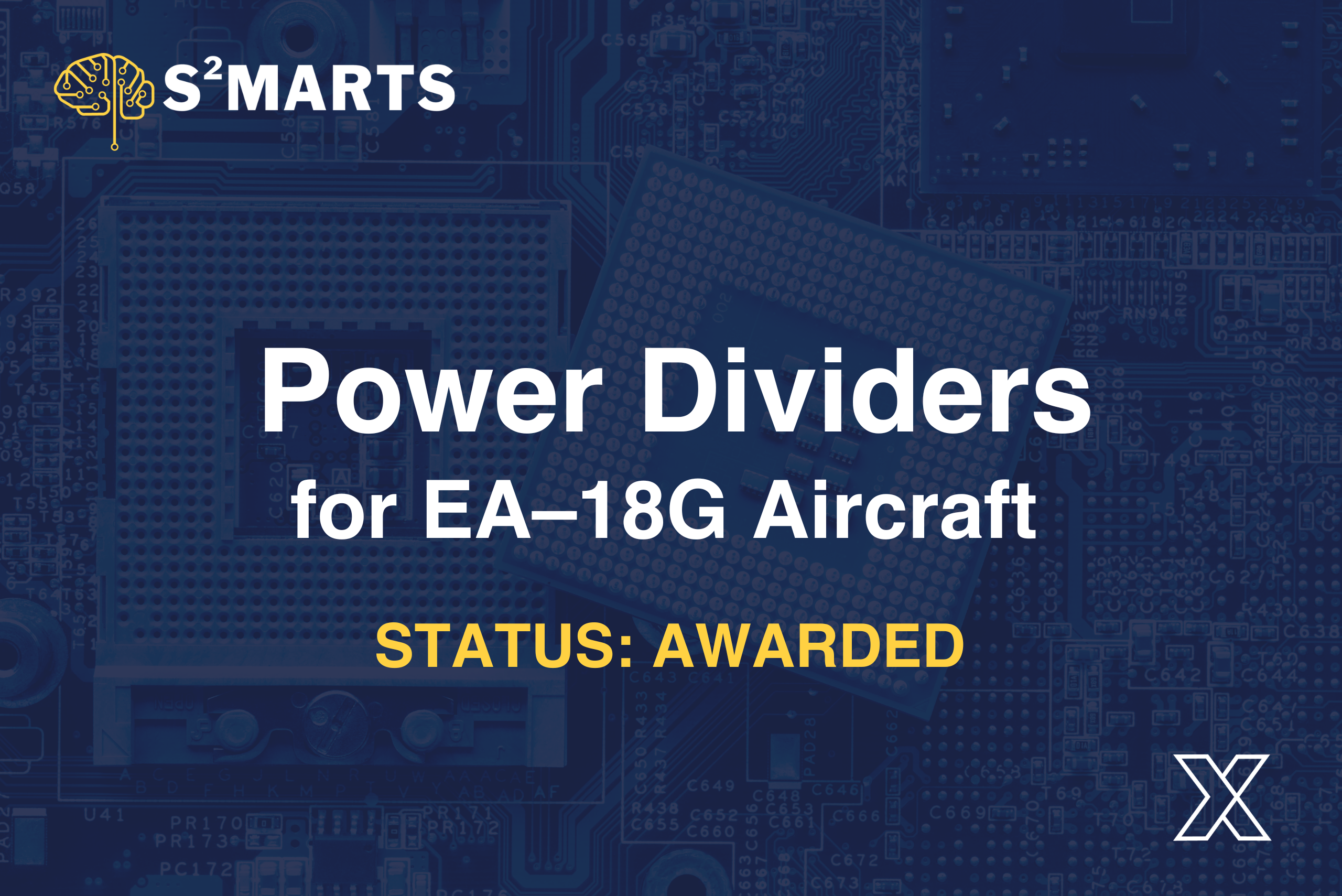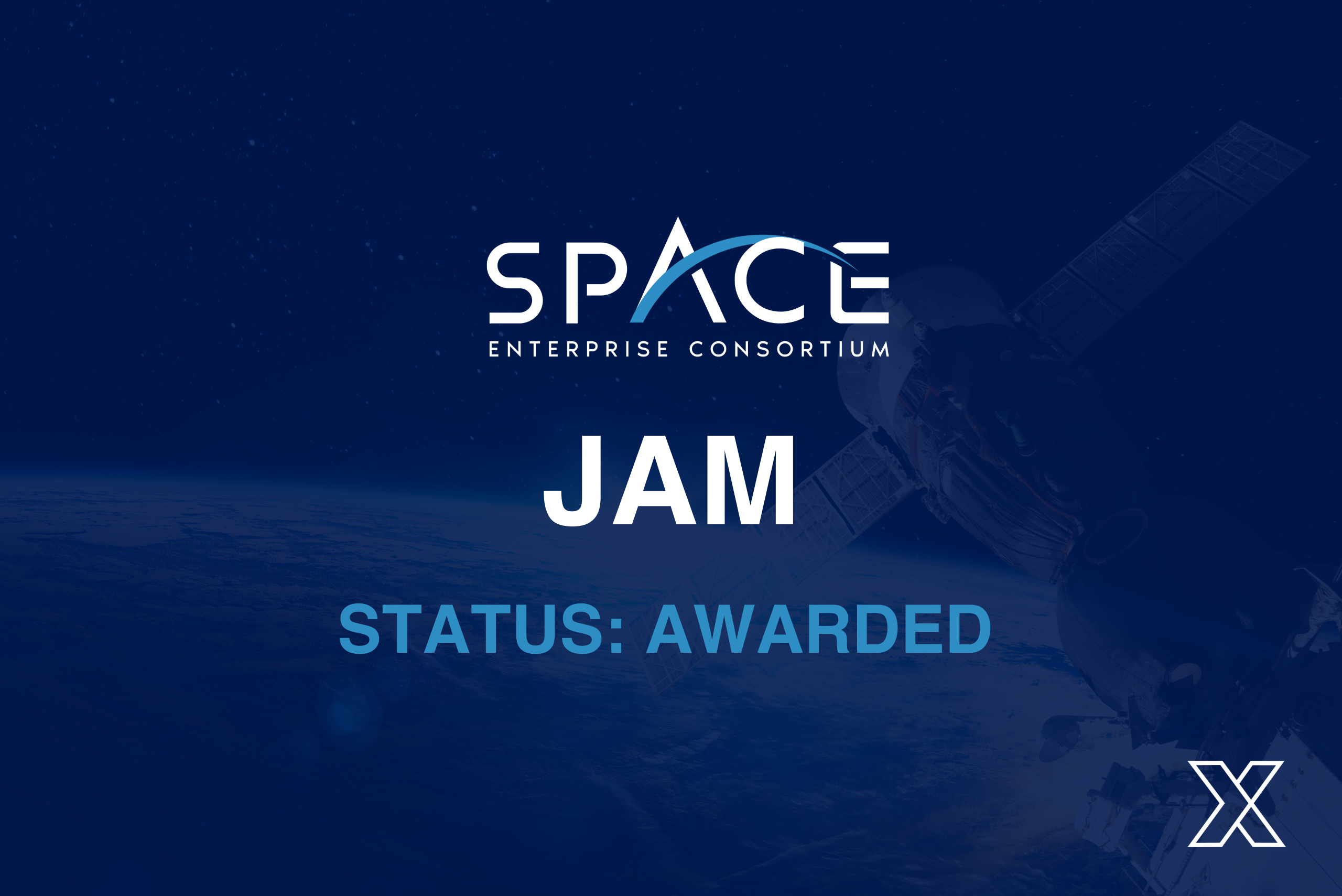The Types of Aerospace Engineers
May 25, 2023

The projected military space budget for 2024 is $30 billion. The funding gets used for research, development, testing, and evaluation of military-related space activities.
A key player in the workings of the military space plans for the future is the aerospace engineers in the US military, who spend their days imagining and planning how the US will be in space in the future.
The career of a military engineer is not an easy one to navigate. There are many types of aerospace engineers with diverse military and non-military backgrounds.
Are you wondering what aerospace engineers specifically do? What kinds of projects do they work on for the US military?
Read on to learn more about what these different types of engineers do and their impact on space for the US military.
What Is Aerospace Engineering?
Aerospace engineering is a field of engineering focused on the research and design of aircraft and related resources for the US military’s time in the air.
This type of engineer for the US military often studies engineering outside the US military. Then once they have an essential engineering degree, they join the military and become more specialized based on their developed specialty.
Aerospace engineers in the military will help to design military aircraft and also be a part of research teams for plans for the future.
An aerospace engineer working for the military might get involved in:
- Aircraft design
- Spacecraft design
- Satellites
- Missile development
- Military fighter jets
- Design of other support equipment
You might be surprised to learn that all military branches will have aerospace engineers as part of their teams.
What Does an Aerospace Engineer Do?
The aerospace industry is quite diverse and goes beyond designing a rocket or a plane. So, what does an aerospace engineer do?
It may greatly depend on their area of focus. But many of these types of engineers will do the following:
- Create designs and processes to use them
- Design aerospace technologies
- Develop solutions for products and military processes
- Create quality control standards for technologies
- Work and manage other aerospace specialists
- Conduct research related to goals for the military’s future
- Identify problems with processes to improve manufacturing needs
- Help train other military personnel working with developed products
It won’t be uncommon to have aerospace engineers from the private sector contracted for the US military working side-by-side with military engineers.
Studying Aerospace Engineering
Aerospace careers provide a wealth of opportunities. At the same time, this is a highly competitive and specialized arm of engineering.
Because technology is so much a part of engineering in the aerospace realm, it’s also evolving at a breakneck speed. It’s not uncommon for this type of engineer to need to continue to train and learn to keep up with changing technologies.
As an aerospace engineer, though, you get to work on exciting breakthroughs, new ideas, and never before seen technology.
Aerospace engineers have specialized engineering degrees and are involved in the development and expansion of special transportation, including:
- Spacecraft
- Specialized aircrafts
- Missiles
- Lunar vehicles
- Space stations
Aerospace engineering has a unique focus bringing together several types of design and engineering, including the design, synthesis, and analysis of aeronautical and aerospace technologies.
Types of Aerospace Engineers
While aerospace engineering is already highly specialized, two major divisions exist in the field. Let’s take a closer look at the two areas of this type of engineering.
Aeronautical Engineers
One type of aerospace engineering is the work done by aeronautical engineers. These engineers will focus on the aerodynamic performance given by any airplane or rocket ship.
Their focus will be on design, materials for the aircraft, and the propulsion system that gets it into the air effectively.
An aeronautical engineer will be involved in important design elements and the production and maintenance needed for military aircraft.
They might also be responsible for focusing on aeronautical equipment and systems, including inspections for safety and maintaining efficiency standards for the US military.
Astronautical Engineers
An astronautical engineer will focus their engineering on spacecraft. You might be surprised that it also involves the US military.
This might include things like missiles and satellites used by the military.
An astronautical engineer will focus on the design of the spacecraft. But once a design is in place, they’ll also be involved with testing and developing improvements.
When working on spacecraft, this type of engineer will focus on:
- Thermodynamics
- Celestial mechanics
- Aerodynamics
- Propulsion
- Flight Mechanics
- Guidance systems
Again, for this type of specialized engineer, it’s not uncommon for the US government engineers to partner and collaborate with private sector astronautical engineers contracted through the private sector.
Both of these types of aeronautical engineers will be involved with developing prototypes that can later be taken to full-scale development.
Other Related Types of Engineers
A host of related aerospace jobs work in conjunction with and in support of the work done by aeronautical engineers.
These are different kinds of engineers who focus on additional needs of the work done by others in the development and design world.
Spacecraft Designers
Spacecraft designers are the type of engineers looking at the big picture, even the conceptual view of spacecraft design.
This engineer must have a good understanding of the overall design features and components of the spacecraft.
While their goal might be to develop new spacecraft, they also need a deep knowledge of putting a machine into space.
Mechanical Engineers
All engineers focus on what it takes to make things work. A mechanical engineer working in aerospace will focus on specific mechanical parts of the design.
This might include engines or propulsion capabilities. They will constantly ask what it takes for the mechanics to function optimally.
A military mechanical engineer will work on aircraft and potential weapons to ensure they function properly.
This is another arm of aerospace engineering that will often work on prototypes and simulations to check that things perform and even react the way expected and planned.
Design Engineer
A design engineer does as the name suggests and focuses on the design aspect of a military project.
This could include something big like a new aircraft or more focused like a type of missile or satellite.
This type of engineer will not only design but will also test and research the products and systems that might be used in new technologies on the horizon.
Specific to the aerospace industry, a design engineer might work on a particular system for the aircraft or the processes needed for manufacturing them.
Quality Engineer
All companies involved in the development also need quality engineers, and the US military is no exception.
A quality engineer handles maintaining the highest quality standards. This engineer will always be looking for weak areas in a design and how they can improve before production.
The US military’s quality engineers will work with private contractors to ensure the products they get meet the safety and quality standards outlined in any order.
Structural Engineer
A structural engineer is responsible for how something like an aircraft goes together. They’re charged with the selection of materials that are appropriate for the structure’s needs.
The structural engineer also inspects during construction to ensure that what’s being built is structurally sound.
From an aerospace and military perspective, a structural engineer will work closely with design and aerospace engineers to ensure that the materials used fit the design plans put forth by other engineers.
System Engineer
From the beginning of design to manufacturing, then onto production, the system engineer gets involved in each step of the process.
Their role is to be the details person of aerospace projects. So, they need to make sure the project is on track. They also must monitor costs and production schedules.
If problems arise during any part of the process, they must work on solutions while adjusting how the rest of the process continues or adapts.
Planning Engineer
A planning engineer will take the technical work of the previous engineers, then interpret them and work on the necessary plans to move forward with manufacturing or production.
For an aerospace project, it’s likely the planning engineer is on-site throughout the project’s duration. They need to oversee the process of construction and testing.
If the project faces problems, which isn’t uncommon in any new concept design, they must lead the problem-solving contingent to help get the project back on course.
Aerospace Engineers Shaping the Military’s Future in Space
Aerospace engineers in the US military have the enormous responsibility of taking ever-changing technology and working with it in creating planes and spacecraft and all the support systems that go with them into the future.
The SpEC OTA through NSTXL leverages the innovative technologies from our community. By pushing the boundaries of traditional government contracting, we deliver the best solutions without wasting time or money. Driven by a shared passion to quickly deliver critical technologies to the end-user, we are redefining government and industry collaboration.
If you are interested in pursuing upcoming opportunities with the federal government, NSTXL can help you get started.





